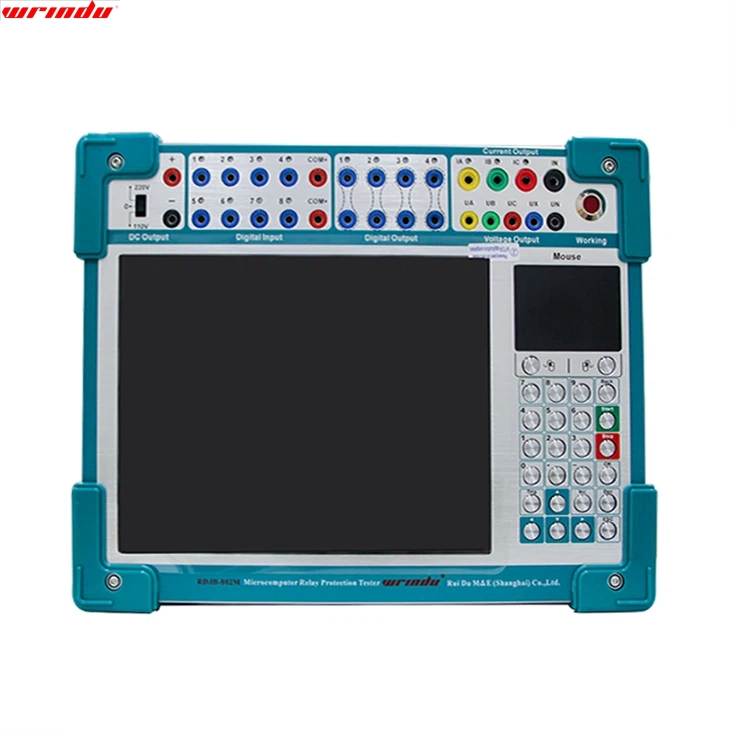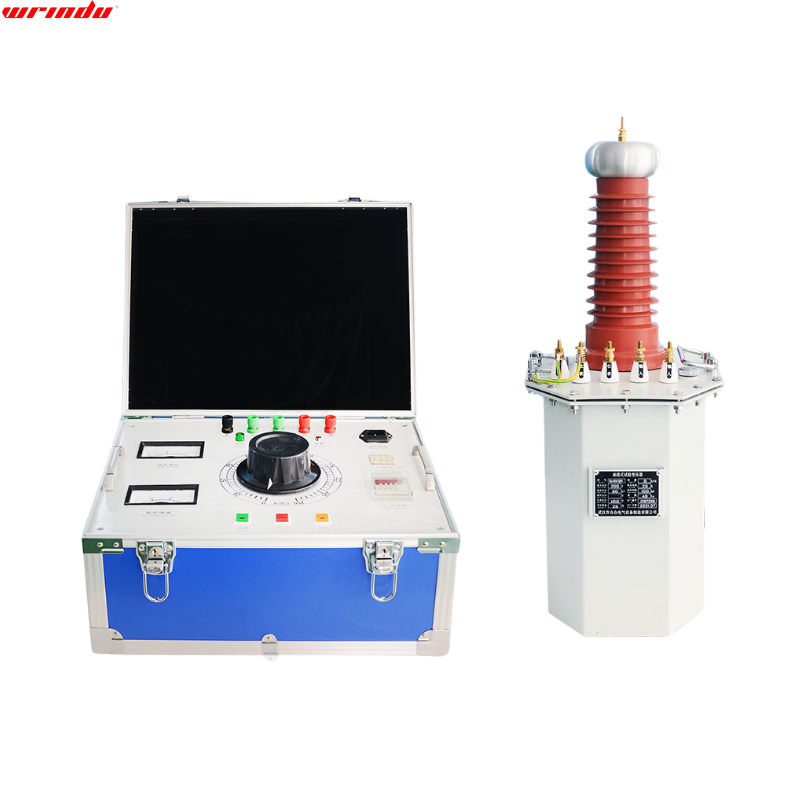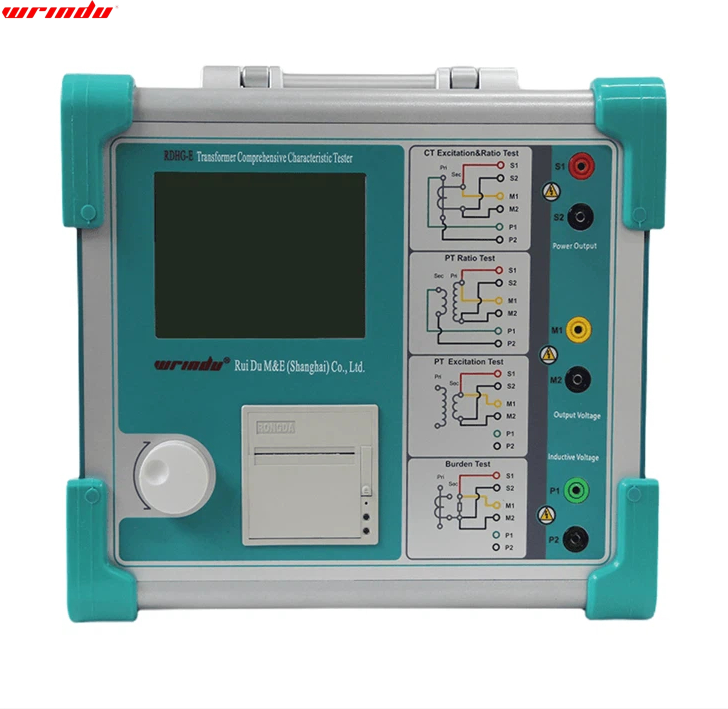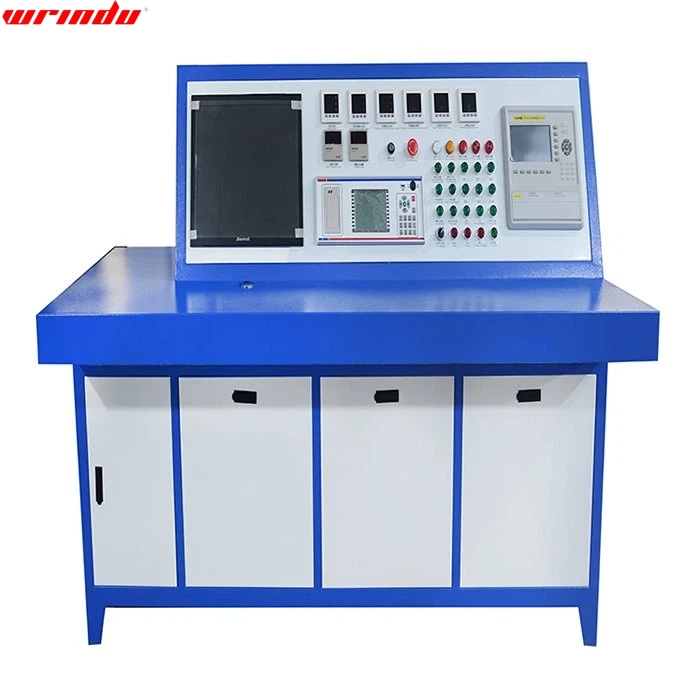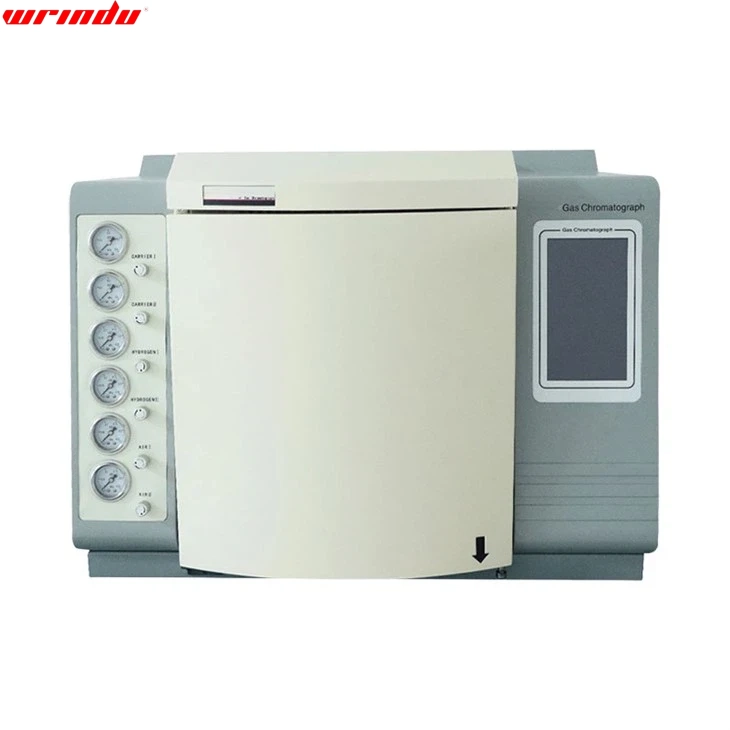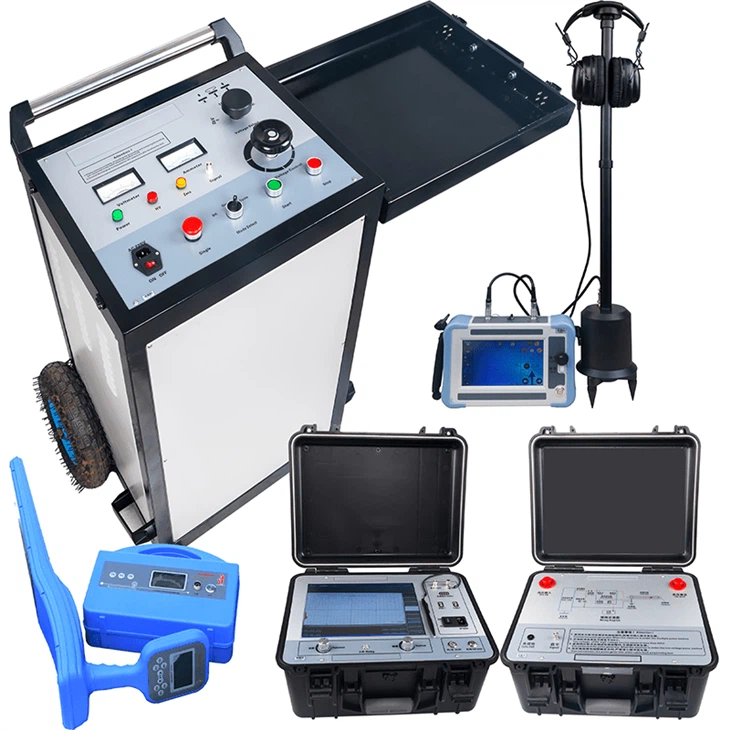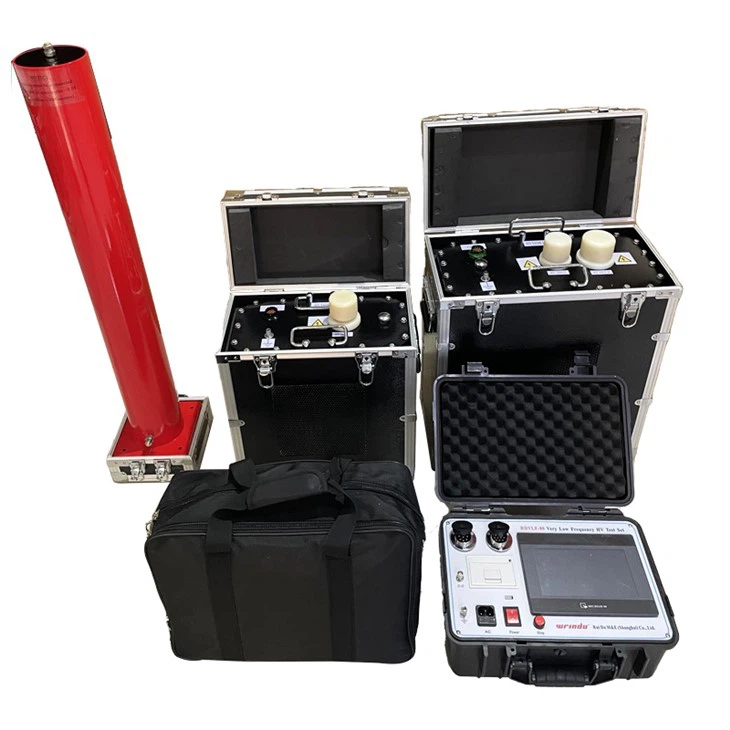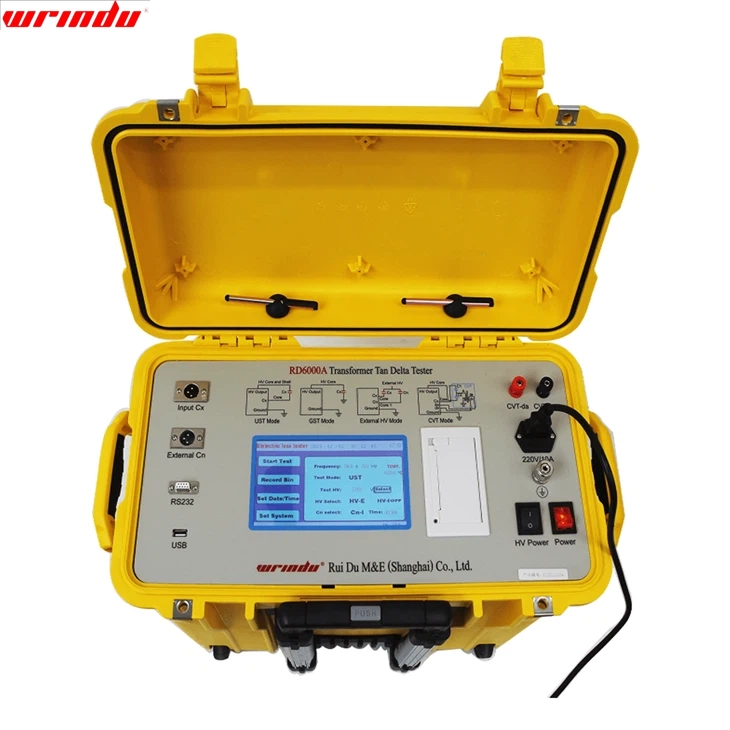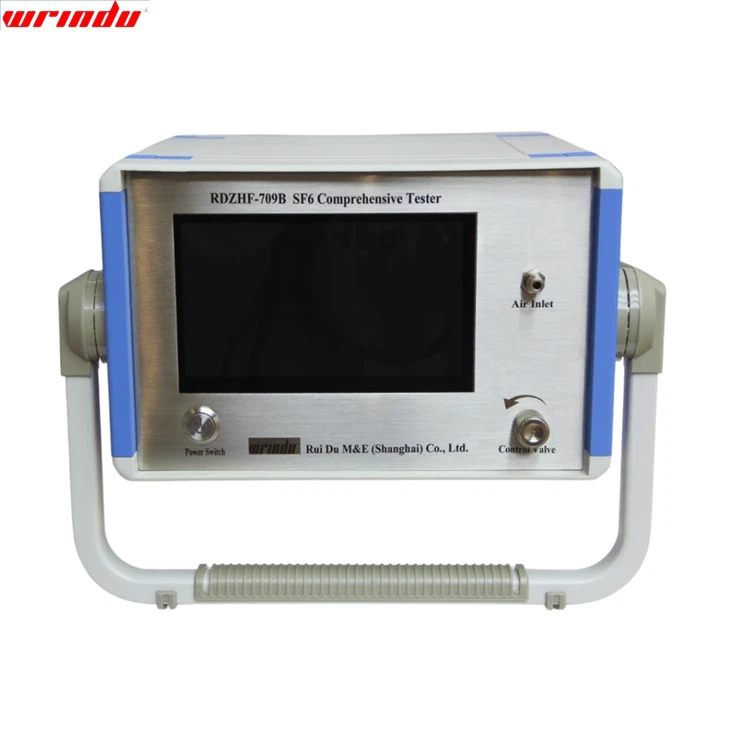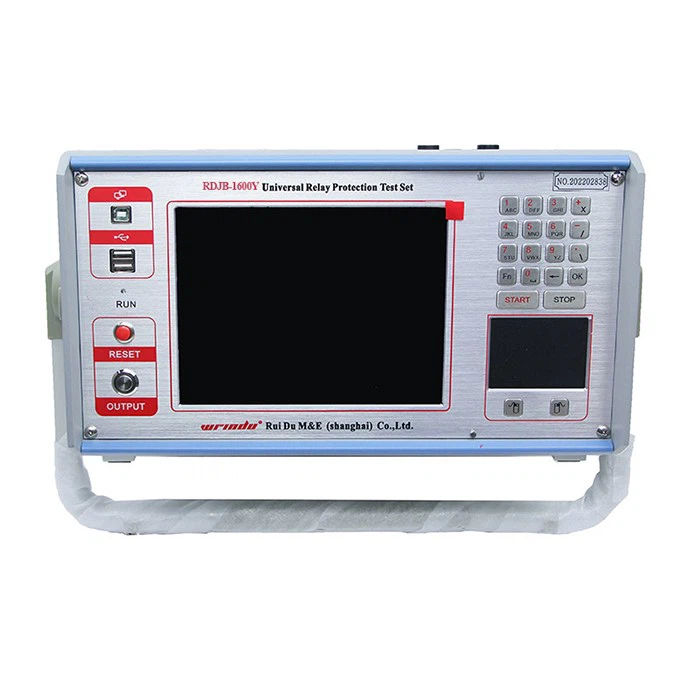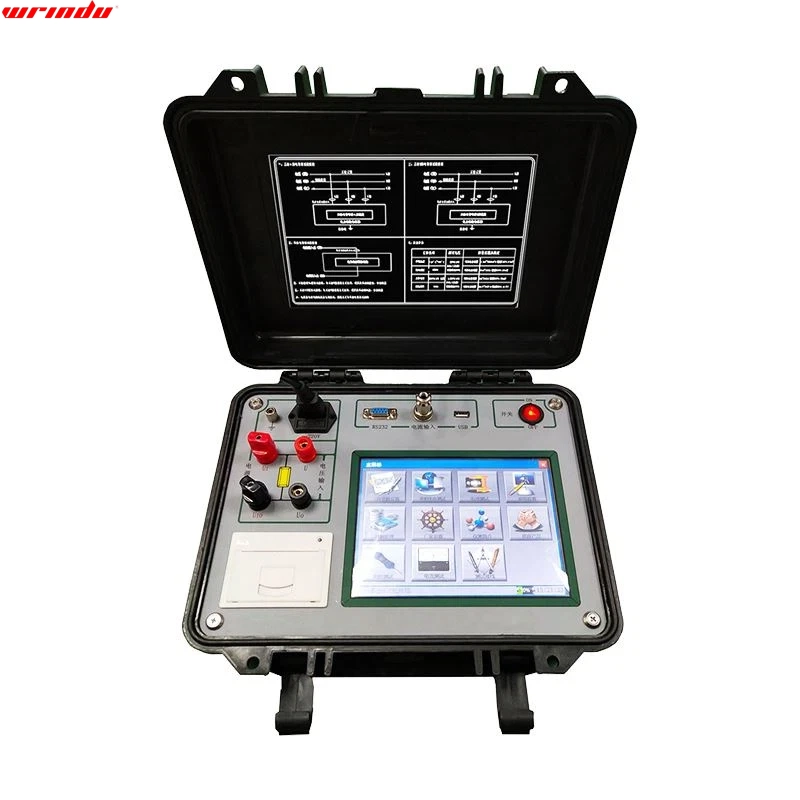OVERVIEW
The RDJB Series microcomputer protection relay tester leveraging modern microelectronic technology, combines the superior performance and advanced functions of large-scale testers with the compactness, flexibility, easy operation, and high reliability of smaller counterparts. This high-performance, cost-effective instrument is an excellent choice for relay protection workers.
CHARACTERISTIC
- Multi-Function Output
-Supports 6-phase voltage and current outputs for various testing methods, including differential and auto-reclosure testing.
- Flexible Operation
-This microcomputer protection relay tester Built-in WINDOWS OS allows independent or computer-connected operation for stability and convenience.
- High-Fidelity Power Amplifier
-Utilizes a high-fidelity modular linear power amplifier for smooth output waveforms and versatile current testing.
- Compact and Efficient
-DSP control, real-time signal processing, and a lightweight design make it ideal for field and mobile testing.
- Powerful Software Features
-Supports automated calibration, setting value testing, fault analysis, data storage, and report printing, especially for differential protection testing.
- Independent DC Power Supply
-Includes adjustable DC power output (110V/220V) for enhanced testing flexibility.
- Versatile Interfaces
-Equipped with a USB port for easy connections with computers and external devices.
- Self-Protection
-Incorporates a heat dissipation design and robust hardware/software protection for safety and reliability.
FAQ
Q: What are the basic types of protective relay?
A: Protective relays come in three fundamental types:
1. Electromagnetic Relays: Utilizing armature, induction cup, or disc mechanisms.
2. Static Relays: Employing solid-state devices to process analog signals.
3. Digital/Numerical Relays: Leveraging programmable solid-state devices for digital signal processing.
Q: Why is relay testing important?
A: Relay testing is crucial to ensure the effective operation of relays in response to faults. Regular testing prevents electrical system risks, equipment damage, and harm to personnel. It verifies the reliability of relays, maintaining a well-protected system.
Q: How do relays detect faults?
A: Relays monitor small deviations in current, voltage, resistance, or temperature. When these signal a fault, the protective relay takes corrective action, such as tripping a circuit breaker, to prevent electrical system damage.
APPLICATION






